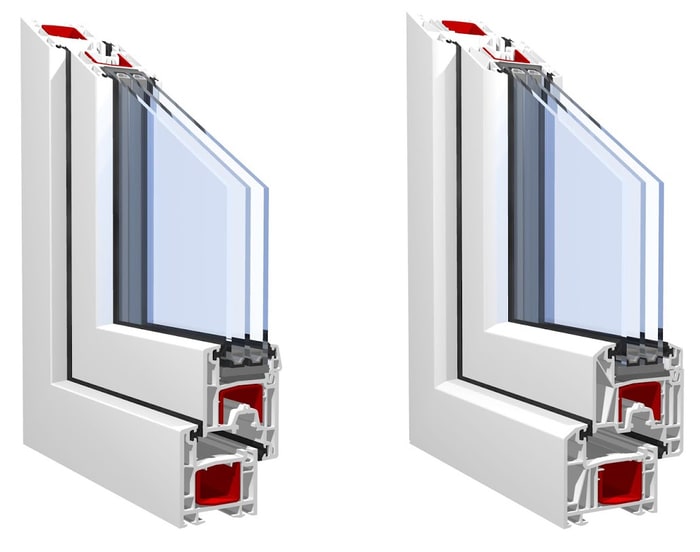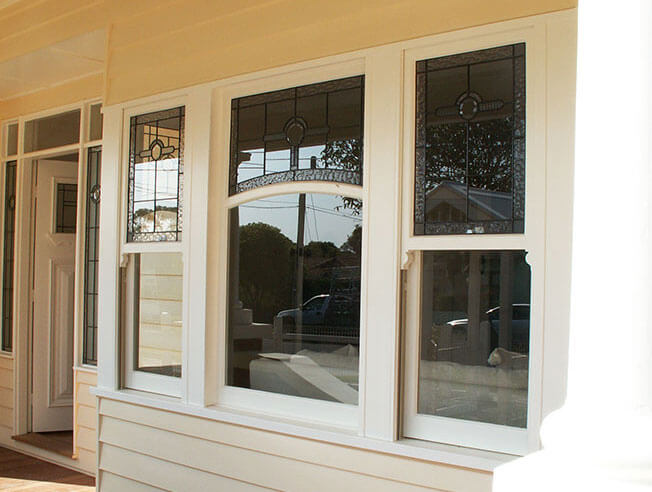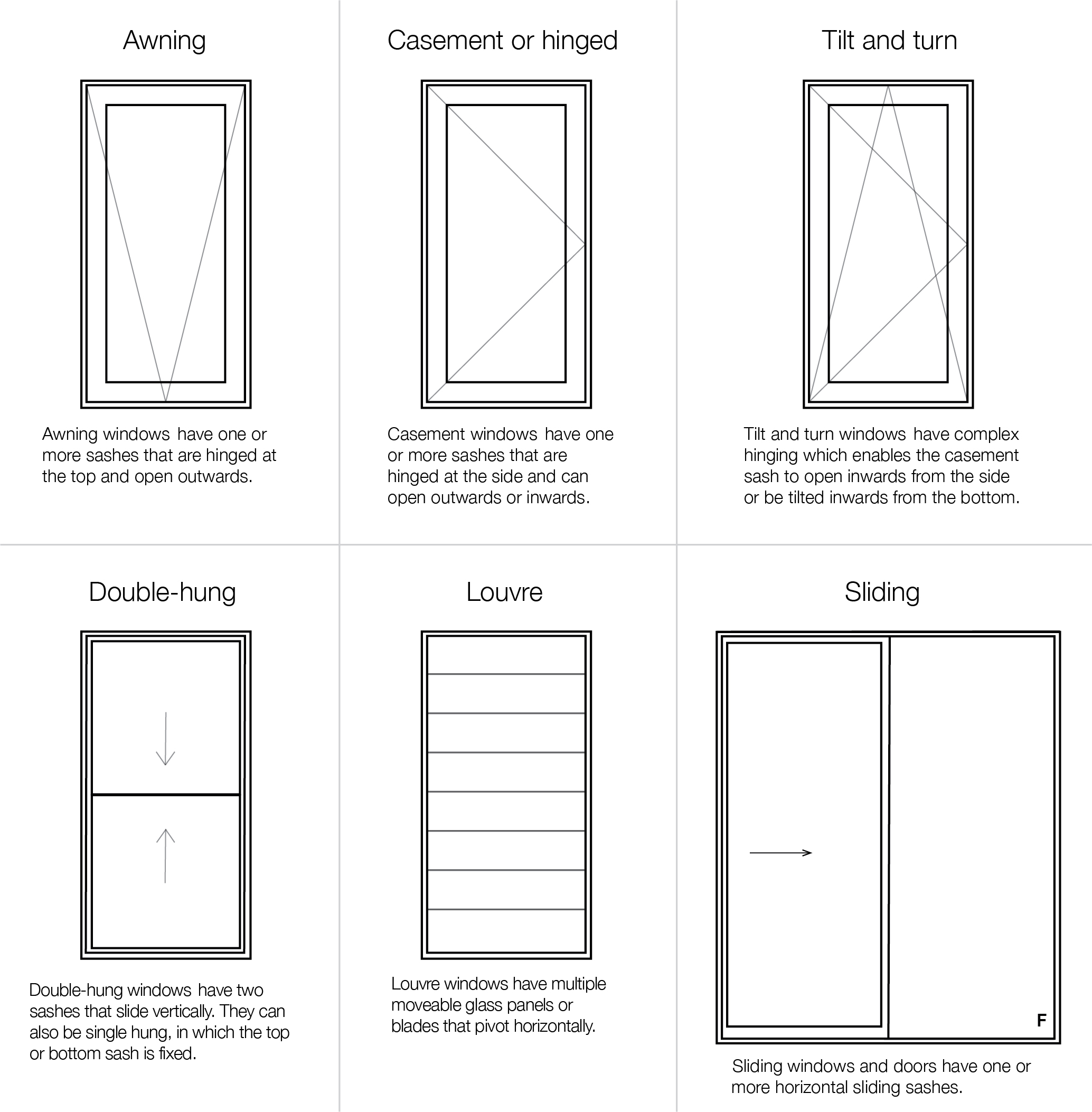All Categories
Featured
Table of Contents
Double Glazing Perth in Salter Point Western Australia
Laminated glass is typically used in locations in the home most vulnerable to injury from human effect such as bathrooms, doors, around staircases and in locations near the floor (it fulfills the requirements of 'safety glass' that is mandated for use in these areas by Australian Basic AS 1288 Glass in buildings).
Toughened glass has actually been 'tempered' by being reheated and quickly cooled once again. This procedure makes it much more powerful than standard glass it can resist higher impact loads before breaking. It likewise makes it more secure because, when it does shatter, it gets into many small cubic pieces instead of unsafe fragments.
Best Way To Block Sun Heat From Windows [Professionally] in Westfield WA
However, toughened glass has no thermal or acoustic benefits over other glass of the very same toning or thickness. Secondary glazing is where single-glazed windows are retrofitted with a transparent acrylic or glass sheet connected to the within of the frame or openable sash with a secondary frame or with magnetic strips.


Secondary glazing will not perform too thermally as a made IGU, because it is difficult to completely seal the boundary, however it can supply excellent noise control. Window films are a thin polymer film containing an absorbing dye or reflective metal layer, with an adhesive backing. They adhere to your glazing to change its colour or make it reflective.
Techniques For Double Glazing Windows in Hocking WA
Applied to existing glass, some window movies can cut in half the total SHGC of the window by absorbing and/or reflecting solar radiation. This can be particularly advantageous in hotter climates where cooling is the main concern, or on east and west elevations straight exposed to extended periods of sunshine. Window movies may likewise minimize noticeable light transmittance.

For this reason, it is generally best to use a recognized installer of window movie. Frames have a substantial impact on the thermal performance of doors and windows, due to the fact that energy can be gotten and lost through the frame, in addition to through the glass. Different kinds of frame will enable different levels of heat gain and loss, so mindful choice of frame is very important for efficient passive design.
Twinglaze® Double Glaze Specification Act - Vic in Peppermint Grove WA
Aluminium is also an extremely excellent conductor of heat and will reduce the insulating value of a glazing system, unless particularly engineered to decrease this. A 'thermally broken' frame is comprised of 2 aluminium sections linked by a structural insulator (generally a low-conductivity structural polymer). This 'breaks' the thermal connection through the aluminium and reduces the heat flowing through the frame.
They can be pricey, but rates are decreasing as they become more common. Wood frames are an excellent natural insulator that can suit some house styles. Wood frames need to be made from types that have naturally high durability or be dealt with to avoid decay and deformation. Inspect that the timber is sourced from a sustainably managed forest.
Which Type Of Double Glazed Window Frame Is Right For You? in Victoria Park Perth
However, this can lead to gaps that permit air infiltration unless excellent draught sealing (weather condition stripping) is set up. u, PVC is a type of plastic (unplasticised polyvinyl chloride, likewise referred to as stiff PVC). u, PVC frames provide exceptional thermal performance, often much better than timber or thermally broken aluminium. u, PVC is long lasting and needs extremely little maintenance, and can be moulded into complicated profiles that supply outstanding air seals.
u, PVC doors and windows have excellent thermal performance Picture: Ben Wrigley (Light House Architecture and Science) Composite frames utilize aluminium profiles on the external areas with either a wood or u, PVC inner area. These integrate the low maintenance and durability of aluminium with much enhanced thermal performance.
Latest Posts
Secondary Glazing: A Buyers Guide in Bibra Lake WA
Double Glazing in Swan View WA
Double Glazed Windows In The Summer in Myaree Western Australia